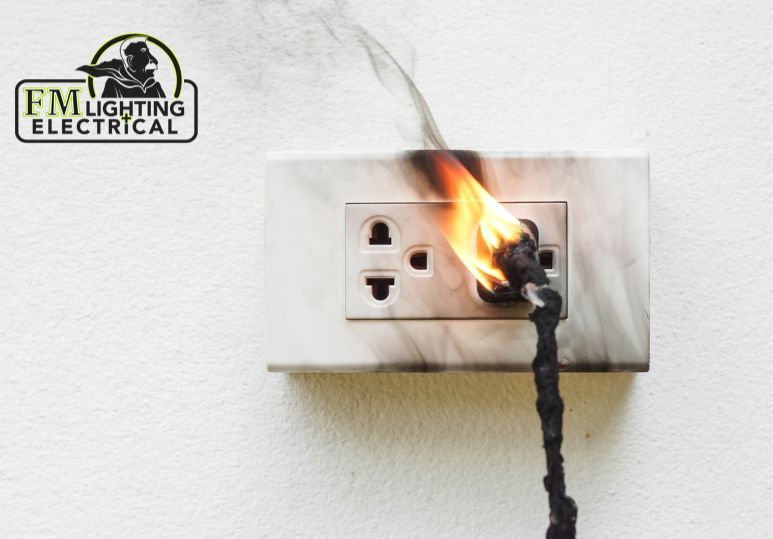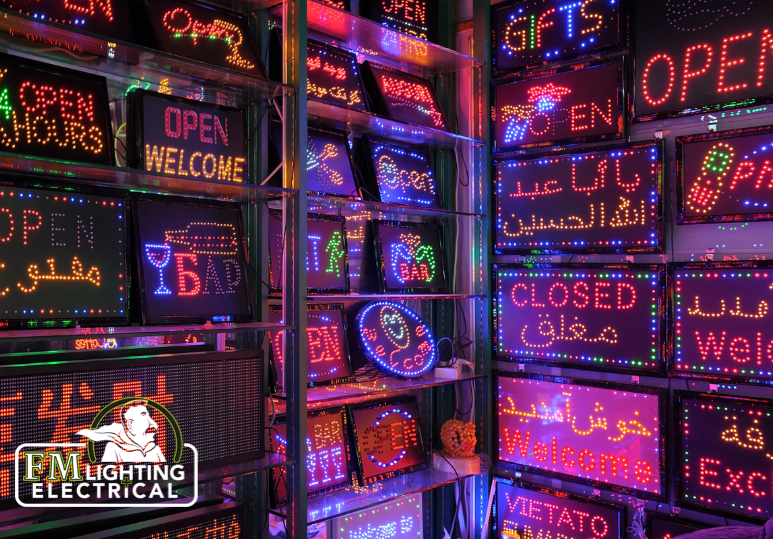In our modern lives, electricity powers nearly every aspect of our homes. From lighting and appliances to entertainment systems and communication devices, we rely heavily on a consistent and safe electrical supply. However, electrical problems can arise, potentially causing inconvenience, safety hazards, and even fires. In this blog post, we'll delve into the top five most common electrical problems homeowners face, providing insights into their causes, potential risks, and recommended solutions to ensure your home remains safe and well-functioning.
1. Circuit Breaker Tripping
Circuit breaker tripping is a frequent occurrence that interrupts the electrical supply to specific areas of your home. It's typically triggered by an overload in the circuit – a situation where too many devices are drawing power simultaneously. This can happen due to high-wattage appliances, faulty wiring, or even a faulty breaker itself.
Solution: To address this issue, unplug unnecessary devices from the overloaded circuit and reset the circuit breaker. If tripping persists, consult a professional electrician to inspect the circuit, identify the cause, and perform any necessary repairs or upgrades.
2. Electrical Outlets Not Working
Non-functional electrical outlets can disrupt your daily activities. This problem might arise from a loose wire connection, a faulty outlet, or a tripped GFCI (Ground Fault Circuit Interrupter) outlet in wet areas like kitchens and bathrooms.
Solution: Before attempting any fixes, ensure the power is turned off for safety. Check the outlet connections, and if you're comfortable, reattach any loose wires. If the issue persists, or if you're unsure about the repair, consult an electrician to diagnose and fix the problem accurately.
3. Flickering Lights
Flickering lights are not only annoying but can also indicate underlying electrical issues. Common causes include loose light bulbs, poor connections, or voltage fluctuations.
Solution: Start by tightening or replacing any loose bulbs. If the problem persists, inspect the wiring for loose connections or damaged fixtures. Voltage fluctuations might require the assistance of a professional electrician to assess and rectify the issue.
4. Tripped GFCI Outlets
Ground Fault Circuit Interrupter (GFCI) outlets are designed to protect against electrical shock in wet areas. If a GFCI outlet trips, it cuts off power to the outlet and other outlets downstream.
Solution: To reset a tripped GFCI outlet, locate the outlet and press the "Reset" button. If it doesn't reset, or if the GFCI continues to trip repeatedly, there might be a ground fault issue that requires professional attention.
5. Overloaded Circuits
Plugging too many devices into a single outlet or power strip can overload the circuit and increase the risk of overheating and electrical fires.
Solution: Distribute the load by using multiple outlets or power strips across different circuits. Be cautious not to exceed the recommended wattage for the circuit or outlet. Consider consulting an electrician to assess your home's electrical load and make any necessary upgrades to prevent future overloads.
Maintaining a safe and functional electrical system in your home is paramount. Recognizing and addressing common electrical problems promptly can prevent inconvenience, hazards, and costly repairs down the line. While some minor issues can be resolved by homeowners, it's essential to prioritize safety and consult a professional electrician for more complex problems. By understanding the causes and solutions to these top five electrical problems, you can ensure that your home remains a secure and comfortable environment for you and your loved ones.
FAQ
Q: Why Does My Circuit Breaker Keep Tripping?
A: Circuit breakers trip due to overloads, short circuits, or ground faults. An overload occurs when too many devices draw power from a circuit, causing it to exceed its capacity. A short circuit happens when wires touch, while a ground fault occurs when electricity flows to a ground path. To address this, unplug devices from the overloaded circuit, reset the breaker, and if the problem persists, consult a professional electrician.
Q: Why Are Some Outlets in My Home Not Working?
A: Non-functional outlets can result from loose connections, damaged wiring, or tripped GFCI outlets. First, check for loose wires and reset any tripped GFCI outlets. If these actions don't solve the issue, it's best to consult an electrician to inspect and rectify the problem accurately.
Q: How Do I Prevent Overloaded Circuits and Electrical Fires?
A: Overloading circuits can lead to overheating and fires. Distribute the load by using multiple outlets or power strips across different circuits. Avoid plugging too many high-wattage devices into a single outlet. If you're unsure about your home's electrical capacity, consulting a professional electrician can help you determine the load and make necessary upgrades to prevent overloads and potential fire hazards.







